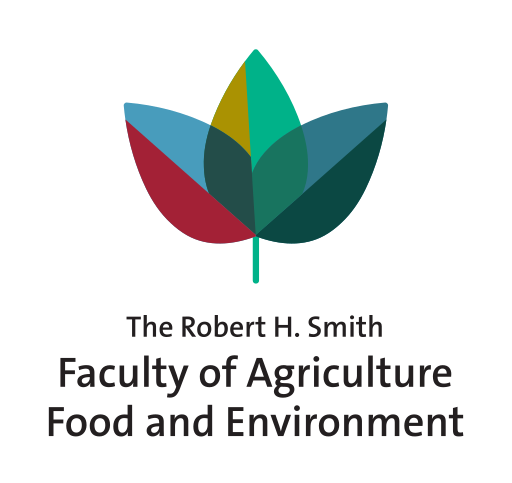Open Positions
Open Positions
Opportunities for highly motivated and creative M.Sc. and Ph.D. students that are interested in understanding the biochemistry and physiology of plant stress response.
The lab is focused in the apex of abscisic acid (ABA) signal transduction pathway and related physiological/cellular stress response.
We use state-of-the-art biochemical and molecular biology approaches to genetically dissect the ABA pathway as well as analytical chemistry strategies to discover novel plant hormones and growth regulators.




